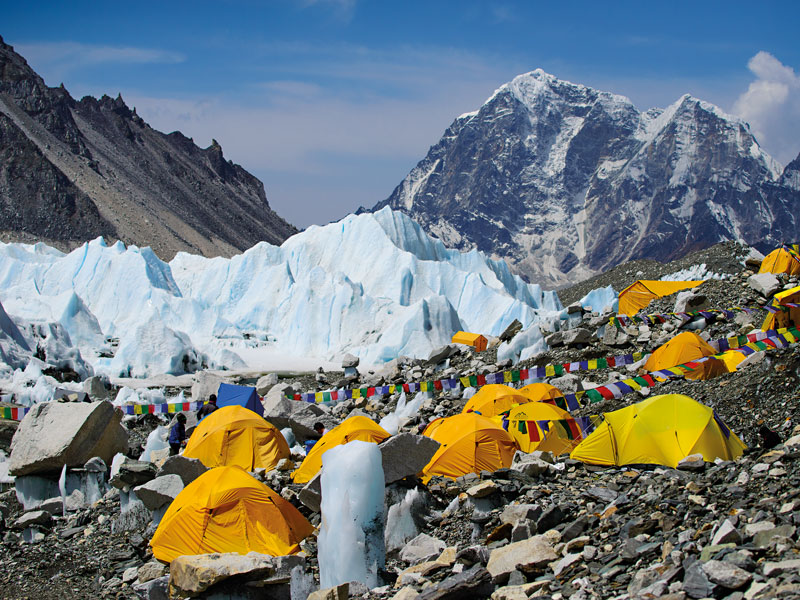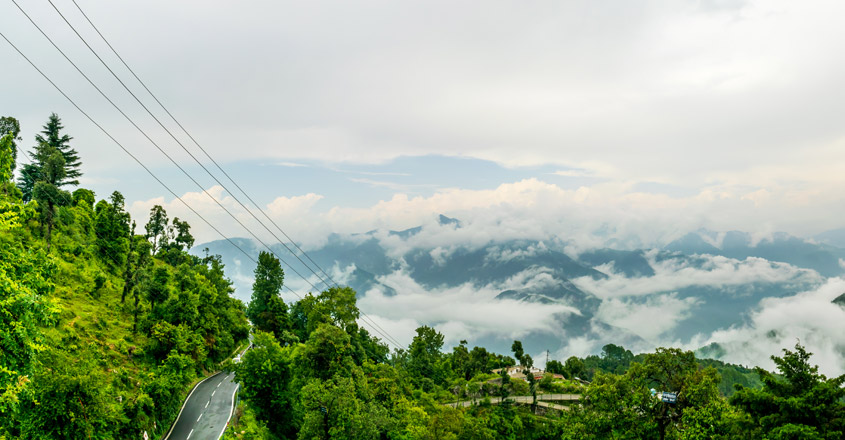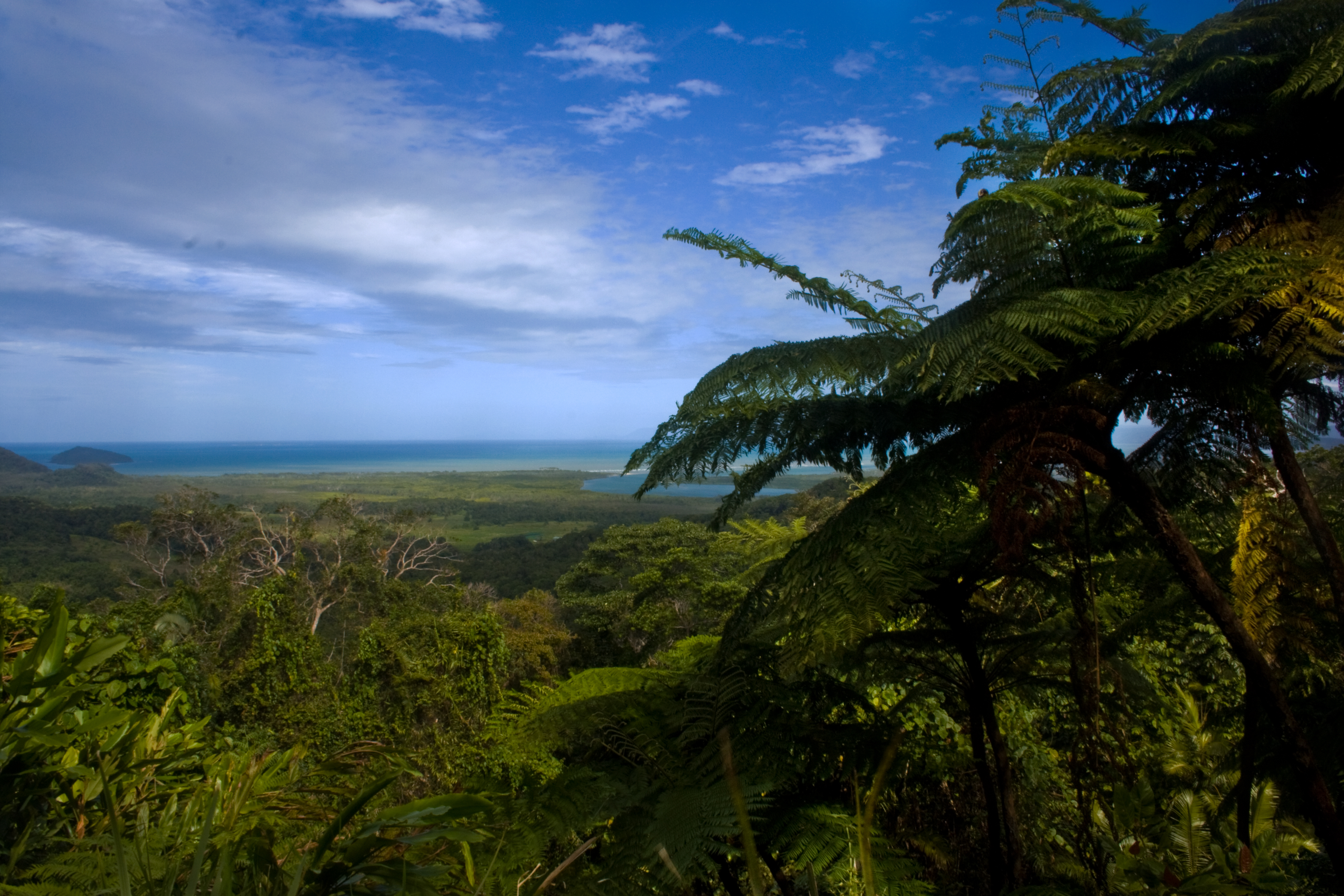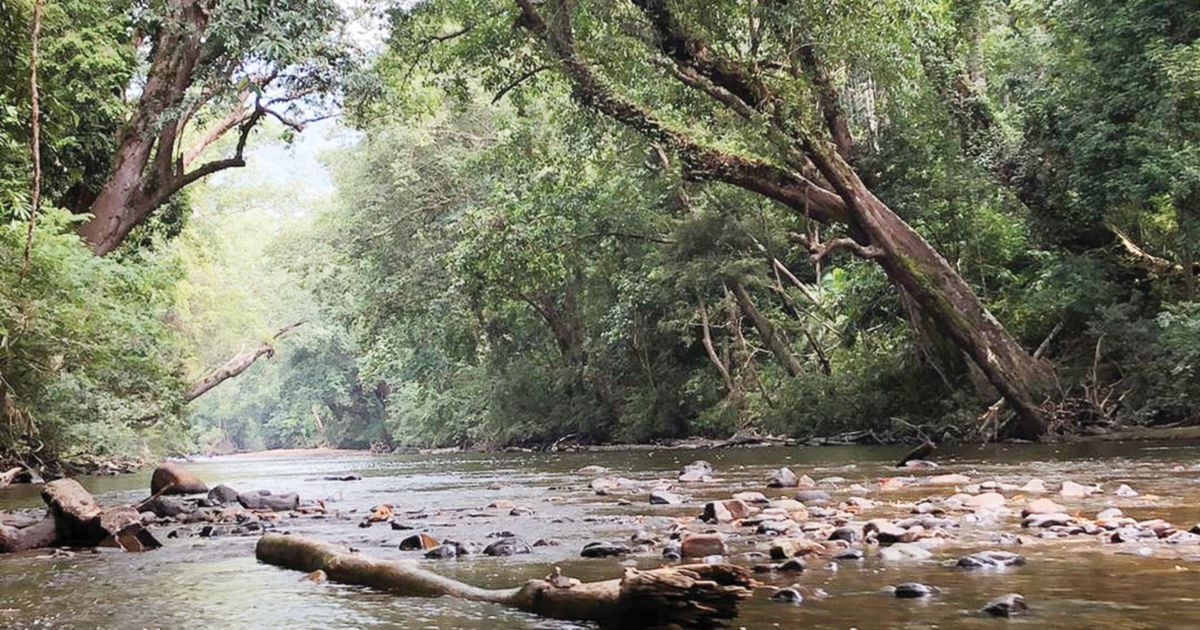Natural Environment Tourism Destination
Natural Environment Tourism Destination, Indeed recently has been hunted by consumers around us, perhaps one of you personally. People now are accustomed to using the internet in gadgets to view video and image information for inspiration, and according to the name of this article I will discuss about
If the posting of this site is beneficial to our suport by spreading article posts of this site to social media marketing accounts which you have such as for example Facebook, Instagram and others or can also bookmark this blog page.

Tourism To The Himalayas Causes A Mountain Of Problems Business Destinations Make Travel Your Business Characteristics Of Tourism Natural Resources

Palau Aims To Become World S First Carbon Neutral Tourism Destination Travel Agent Central Characteristics Of Tourism Natural Resources
Why the environment is so important to tourism.

Characteristics of tourism natural resources. Ecosystems such as rain forests wetlands mangroves coral reefs sea grass beds and alpine regions are often threatened because they are attractive places to developers and tourists. If tourism destroys the environment with negative impacts it also plays a very big role in the preservation of the natural environment of the destination areas. From 1990 to 2018 numbers more than tripled reaching 1442 billion.
As tourism industry benefits from the tourism sites it should be its morally responsible to take a pivotal role in the conservation of the natural setting from which it gets benefits. Wastewater carrying sewage from such areas often pollutes nearby water bodies. They include the depletion of local natural resources as well as pollution and waste problems.
However tourisms relationship with the environment is complex and many activities can have adverse environmental effects if careful tourism planning and management is not undertaken. The tourism industry also has many physical impacts on the environment. By 2030 18 billion tourist arrivals are projected.
Nature tourism responsible travel to natural areas which conserves the environment and improves the welfare of local people. Environmental tourism can include travel to unique and endangered areas such as the galapagos islands. It is a form of tourism involving visiting fragile pristine and relatively undisturbed natural areas intended as a low impact and often small scale alternative to standard commercial mass tourismit means responsible travel to natural areas conserving the environment and.
Large dominating resorts of disparate design can look out of place in any natural environment and may clash with the indigenous structural design. Examples include birdwatching photography stargazing camping hiking hunting fishing and visiting parks. Ecotourism is catering for holiday makers in the natural environment without damaging it or disturbing habitats.
It is ironic really that tourism often destroys the very things that it. The quality of the environment both natural and man made is essential to tourism. Watching the flow of natural environment and coastal areas changed into the recreation and holiday spending.
Rampant construction of tourist facilities like hotels cafes restaurants etc in an area without proper arrangement for safe disposal of sewage can lead to disastrous consequences. Often tourism fails to integrate its structures with the natural features and indigenous architectural of the destination. Construction and infrastructure development can include extensive paving sand mining wetland draining marine.
Sewage generated at tourist spots contaminate the natural environment. It is travel that focuses on the ecological surroundings of the destination which is generally a place overflowing with natural beauty and wonder. The negative environmental impacts of tourism are substantial.
The purpose of so called sustainable tourism states the countrys ability to be a tourist destination and preserves itself in the face of new competitors and territories which have fewer viewers and are more attractive.







